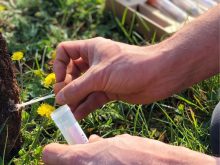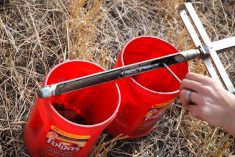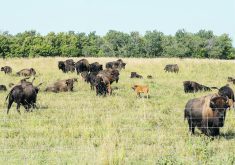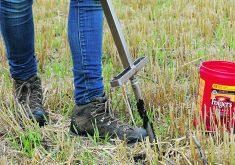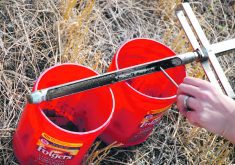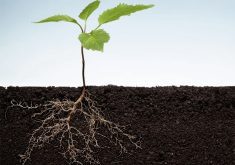Senate ag committee’s soil study told that carbon levels in the soil have continued to increase 30 years after zero till was adopted
Prairie soils store carbon each year, even after widespread adoption of conservation tillage, a Saskatchewan farmer told the senate agriculture committee last week.
Jocelyn Velestuk farms near Broadview and has a master’s degree in soil science.
“Long-term studies, such as the Prairie Soil Carbon Balance Project, have found that there is still incremental positive carbon change, even 30 years after the switch to no-till/continuous cropping practices and that the gains occur even deeper in the soil profile than originally thought,” she said. “Saskatchewan farmers sequester enough carbon in the soil every year to be equivalent to removing 10 million cars from the roads.”
Read Also

Government, industry seek canola tariff resolution
Governments and industry continue to discuss how best to deal with Chinese tariffs on Canadian agricultural products, particularly canola.
Velestuk said this shows that Canadian farmers can and will continue to lead in soil management.
The committee is studying Canadian soils to update the 1984 Soil at Risk report.
Velestuk said new technology that measures soil organic carbon and better predict nutrient release will improve soils while farmers maintain or increase production.
Kristjan Hebert, who runs a 30,000-acre farm in Moosomin, Sask., said farmers have been using sustainable practices on their land “way before it became a marketing buzzword as we’ve seen in the last 24 to 36 months.”
He uses soil sampling and data to better manage the resource.
“We take great care in doing four-acre grid samples to better understand each quarter, section and area of our farm,” he said. “Those soil samples lead to more data analytics, that allow us to fertilizer exactly where the plants are going to need it.”
But Hebert said statistics from Olds College suggest only 60 percent of farmers test their soil, and costs are likely the reason more don’t.
“We know that’s an area that we would like to see the soil study look at and where policy could come in,” he said. “For us, it average $7.50 an acre.”
Hebert said he believes it helps them understand their soil and improves the financial bottom line. Economic sustainability is an important pillar of sustainability, he said. Spending money on soil sampling saves money in the long run because fertilizer goes where it needs to go to maximize production and is not over-applied.
Hebert has been sharing more than 30 years’ worth of sampling data with the research program at the University of Saskatchewan to assist with digital soil mapping.
Hebert said consistent soil testing would be key to a national soil survey, as is making the results publicly available. He advocated for the use of LiDAR as part of a soil survey, as well as the creation of a soil innovation cluster.
“The best outcome of this study would be a robust set of public data, measuring nutrients, carbon, water and elevation, and then research and development grants will allow for huge strides to be made in the area of soil and agriculture innovation,” he said. “The worst outcome would be an increase in government regulation, policy and rhetoric.”






